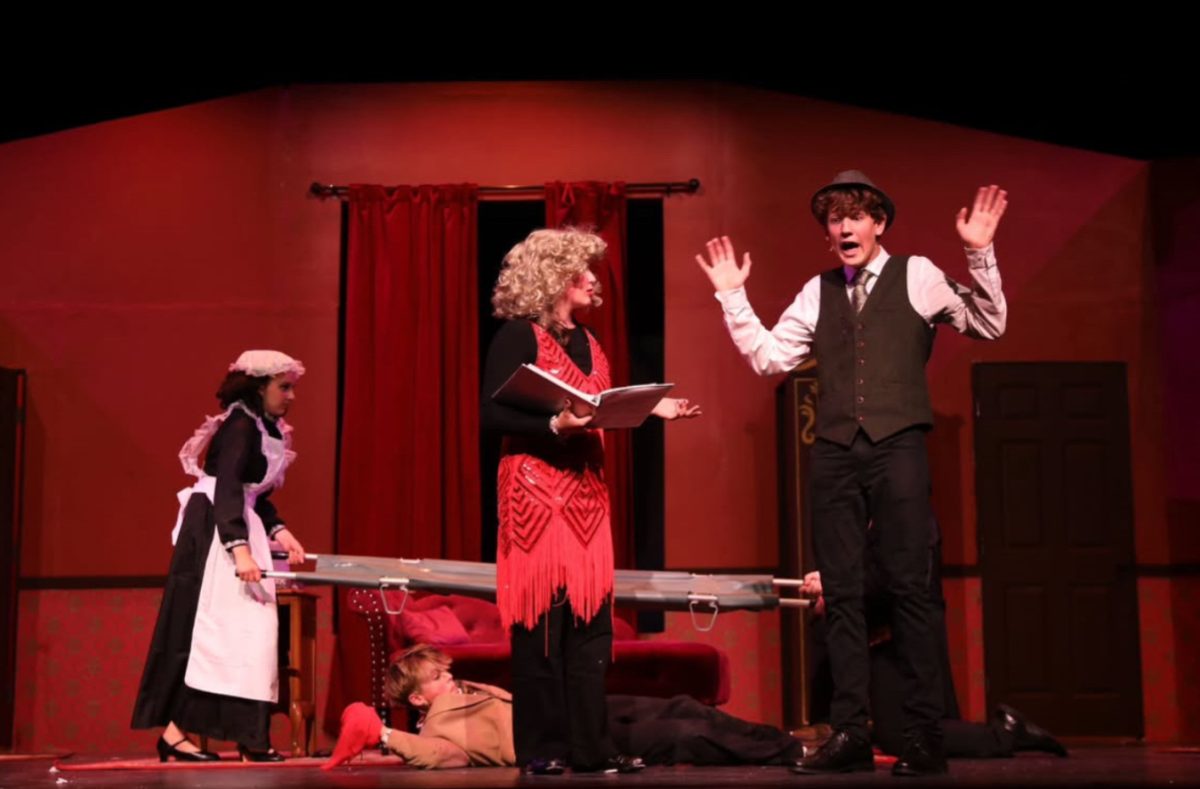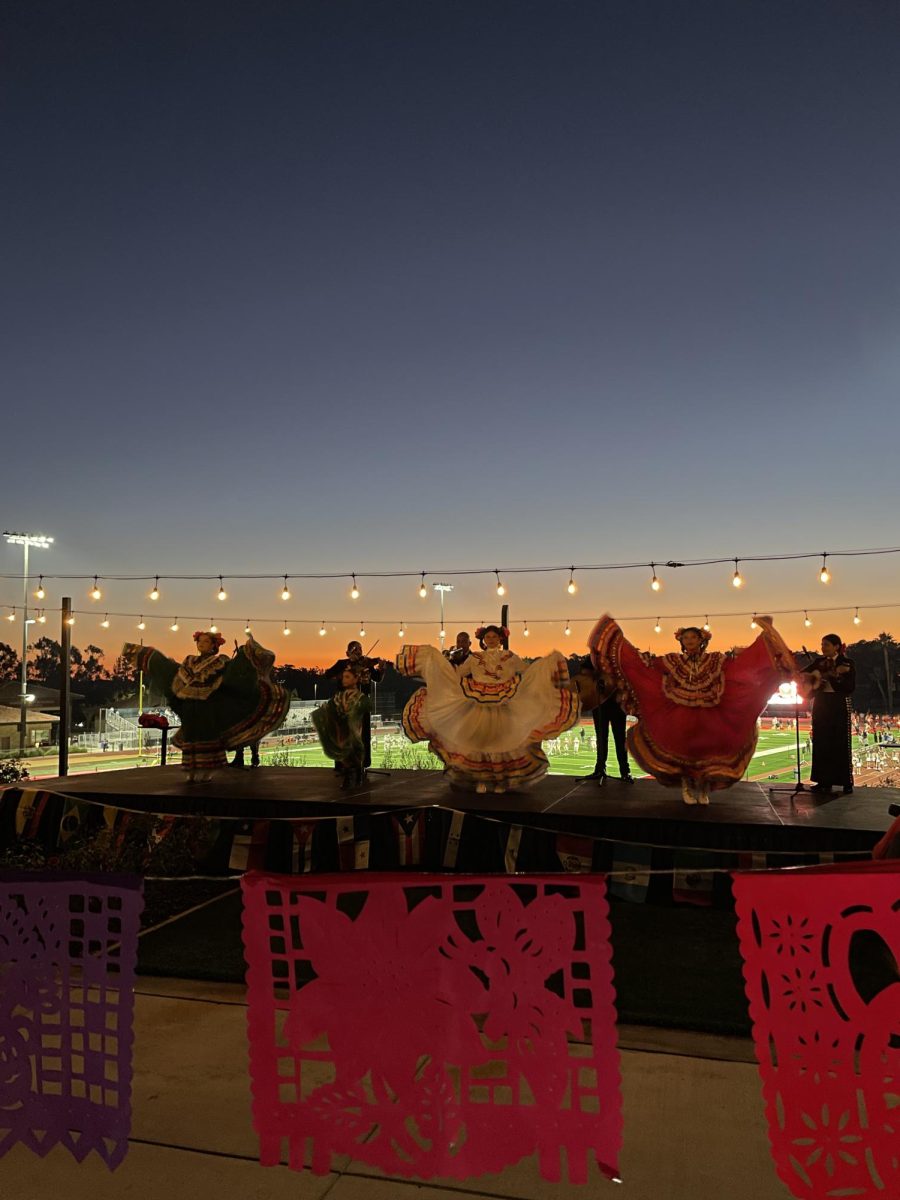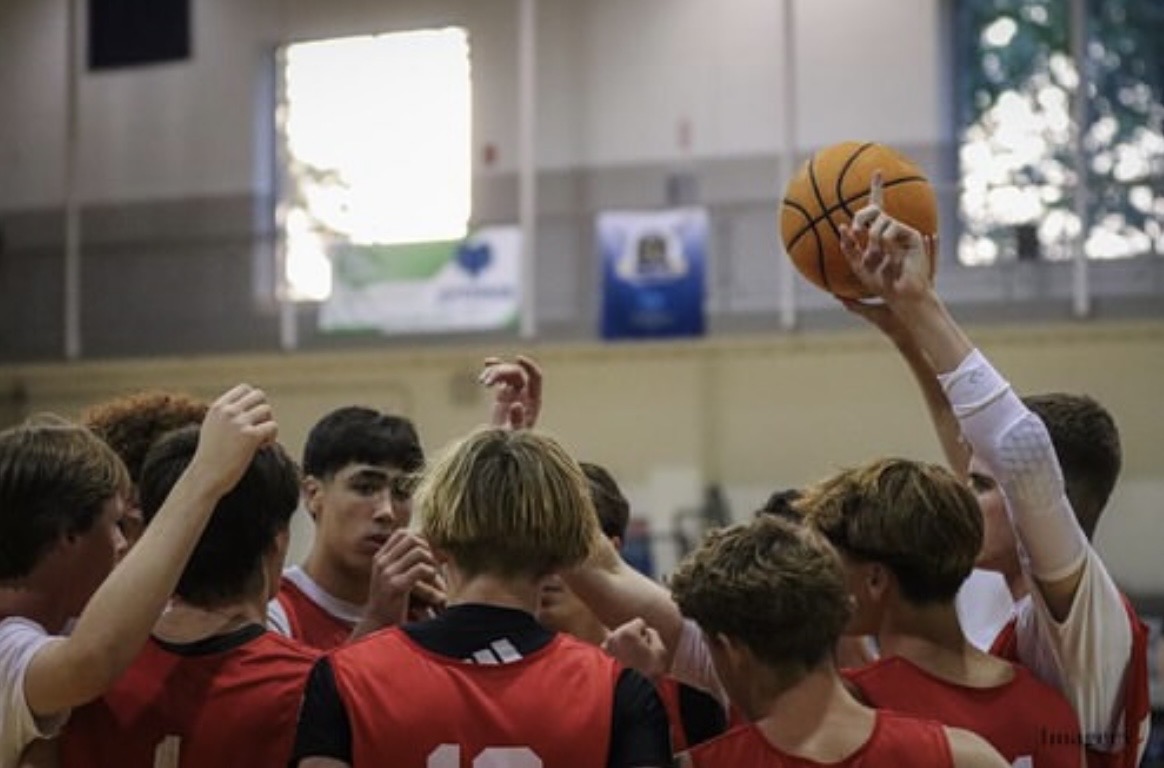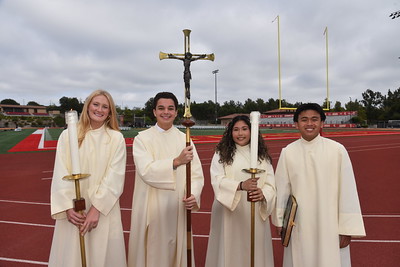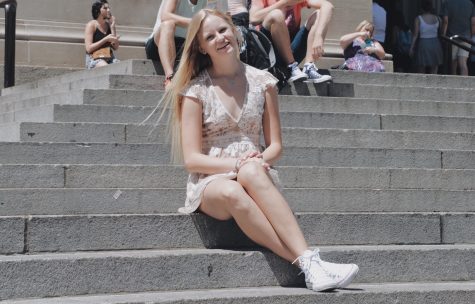The Weekender: Good Reads
December 11, 2015
With teachers assigning literature to read for homework, it’s challenging to find the time to read books of your own. With the holiday season approaching, reading a neat book in your free time or searching for one to gift to a friend may lie within your horizon. Here, I have compiled a list of my favorite books I have read so far, fitting for mystery lovers, to comics fans, to romantics.
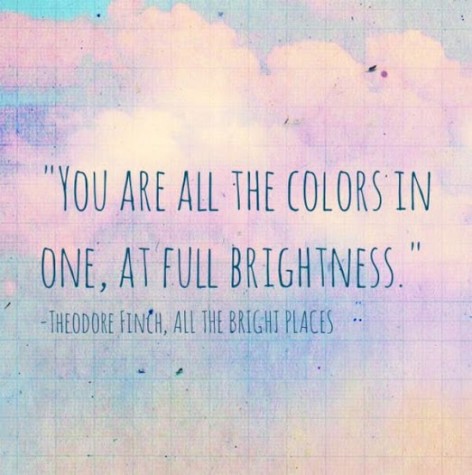
All the Bright Places by Jennifer Niven
Altering perspectives from high school seniors Violet Markey and Theodore Finch, this tale follows the budding relationship of two teens who would have never viewed each other as more than classmates were they not to have met atop the school bell tower. Violet’s aspirations as a writer seem to fall by the wayside after her sister dies in a car accident Violet’s junior year, while Finch obsesses over death. Both of their lives change focus when they learn one other’s true selves beyond their high school’s branded stereotypes after Finch selects Violet as his partner in a history class project researching the ‘natural wonders’ in their home state of Indiana. Their unlikely friendship blossoms into a meaningful relationship that addresses each other’s afflictions as they wander Indiana. Niven’s ability to tackle the relevancy of teen suicide from a personal perspective creates a sense of credibility in her writing as she depicts Finch’s troubled emotions and the deep-set feelings of dying. Niven’s vivid imagery and descriptions of Violet’s and Finch’s thoughts keeps her readers turning the pages in hope.
The Fault in Our Stars by John Green
Another story of an unlikely friendship, Green depicts life with terminal cancer from Hazel Grace Lancaster’s perspective and her relationship with the ever-charming Augustus
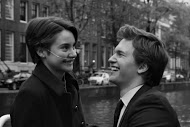
Waters. Green’s ability to connect with the young adult audience through his witty choice of words and relatability to his audience drives interest in his work, especially in the ill-fated friendship between Hazel and Gus. Rather than taking the morbid perspective on cancer, Green’s novel follows Hazel and Gus’ journey by genuinely capturing love between life and death. From the two main character’s home of Indianapolis to their trip to Amsterdam and back, the story of The Fault in Our Stars is one filled with life when the circumstances suggest otherwise.
Me and Earl and the Dying Girl by Jesse Andrews
Though death stands in the title, Andrew’s novel boasts one comedic line after another following protagonist Greg Gaine’s final year in high school. As the social outcast who found a way to nearly escape high school unscathed, Greg encounters an issue on the first day of his senior year when his mom forges a friendship between himself and his distant

friend Rachel Kushner, who was diagnosed with Leukemia. Greg’s egoistic tendency gets in the way of his friendship with Rachel, yet his humor patches his own shortcomings. As the story progresses through Greg’s friendship with Rachel and her fight with cancer, as well as Greg’s strange friendship with his longtime friend Earl, readers can expect a truthful, yet humorous look at an un-glamorized tale of teenagers making their way through high school’s many tumults.
Looking for Alaska by John Green
Green’s first published novel follows Miles Halter, who the readers know by “Pudge,” when he transfers to the boarding school of Culver Creek Preparatory School in his junior year of high school. Pudge and his newly acquainted friends, Chip “the Colonel” Martin, and Alaska Young, tackle high school and discover the meaning of their own lives in a way that questions the reader’s understanding of love and how they could go about dealing with pain and grief. Pranks, amusing remarks, and adventure lighten up an epic story filled with
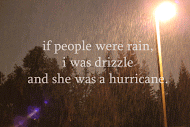
heartbreak. Pudge, consumed with memorizing people’s final words, attempts to fathom why Alaska is the way she is, guarded and mysterious, while he attempts to make it out of the “labyrinth of suffering.” Green exposes his readers to pain and grief from the teenage perspective; moreover, how adults misconceive teen angst for some overrated notion. Green challenges the readers to examine not only Pudge’s personal trek through the labyrinth, but their own.
Thirteen Reasons Why by Jay Asher
When Clay Jensen receives seven cassette tapes packaged from his dead classmate Hannah Baker, he is in disbelief when he presses play on the first tape and hears the voice of his crush, the girl who committed suicide. Asher’s intricate novel quotes Hannah’s tapes as
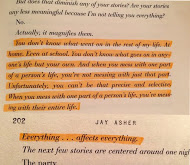
well as Clay’s commentary throughout the ordeal of listening to Hannah’s thirteen reasons why her desk at school will forever remain empty. The reality of teen suicide haunts readers as it provides insight into the feelings, thoughts, actions and emotions of a suicidal teen. Asher artistically gives new life to a sad reality, and though the premise of the novel does not suggest a happy ending, it affects readers with a chilling sense of awareness.
Paper Towns by John Green
Quentin “Q” Jacobsen’s quest to discover the real Margo Roth Spiegelman follows a convoluted path of mystery and intrigue. The enigma of Margo, who promptly disappears after an all-night adventure with Q, ushers him to uncover Margo’s clues she left behind. Margo’s sees life through rose-colored glasses and presents herself the way she wants to be

seen, rather than the way she actually is. Eventually fed up with fronting a façade, Margo flees the life she built for herself as the elusive Margo Roth Spiegelman, leaving Q to decipher who Margo actually is. Green’s account of perceptions and teenage adventures comes alive on paper as it does in the film, questioning our innate tendency to filter our lives for the approval of others.
